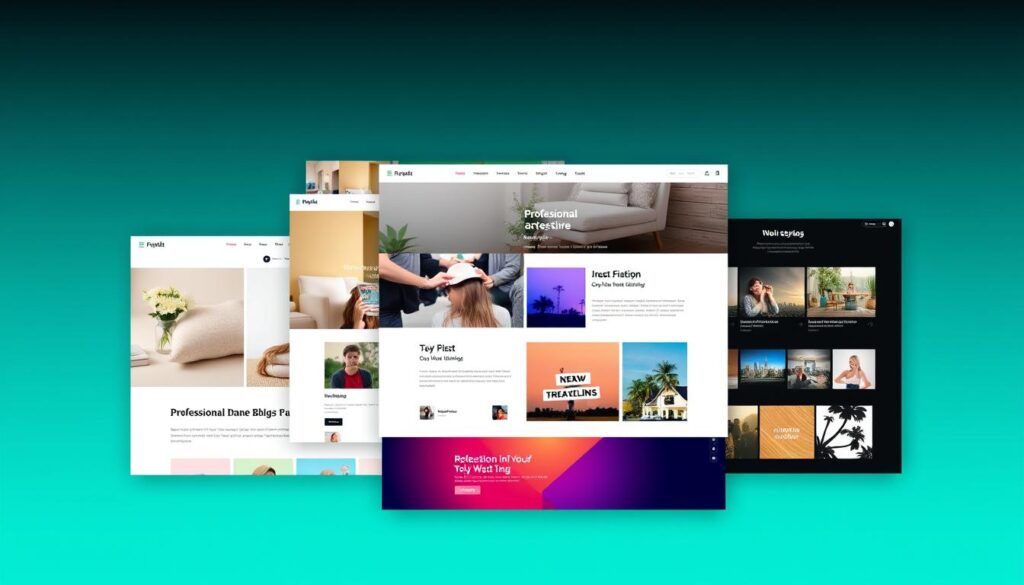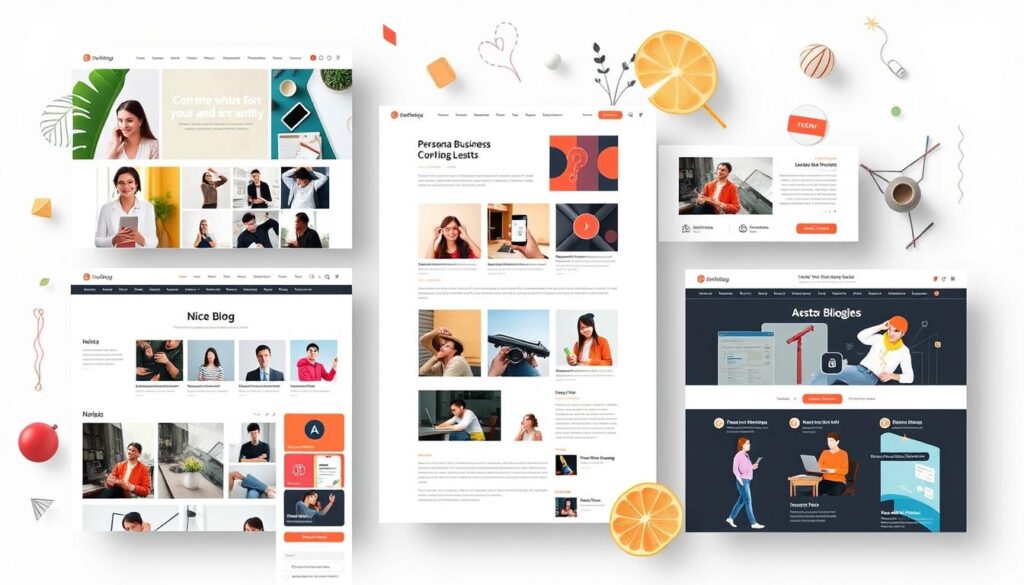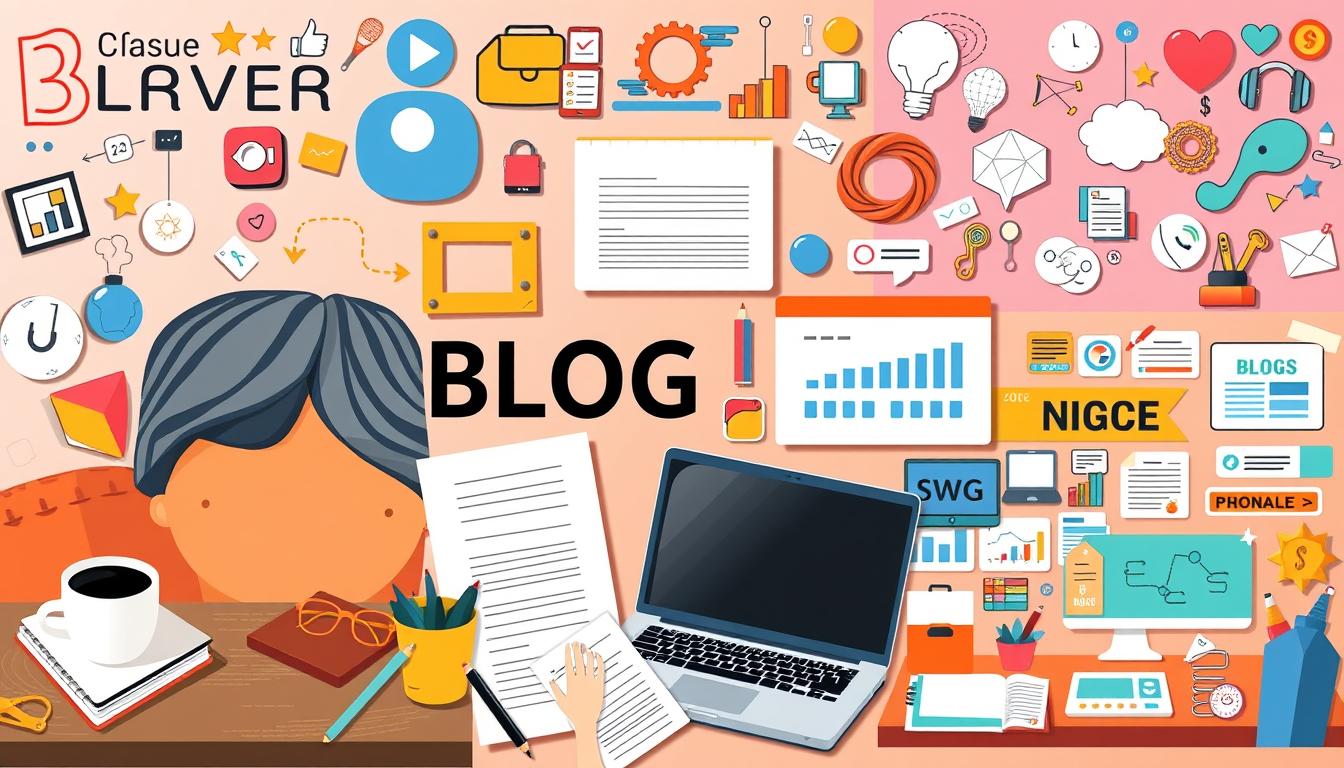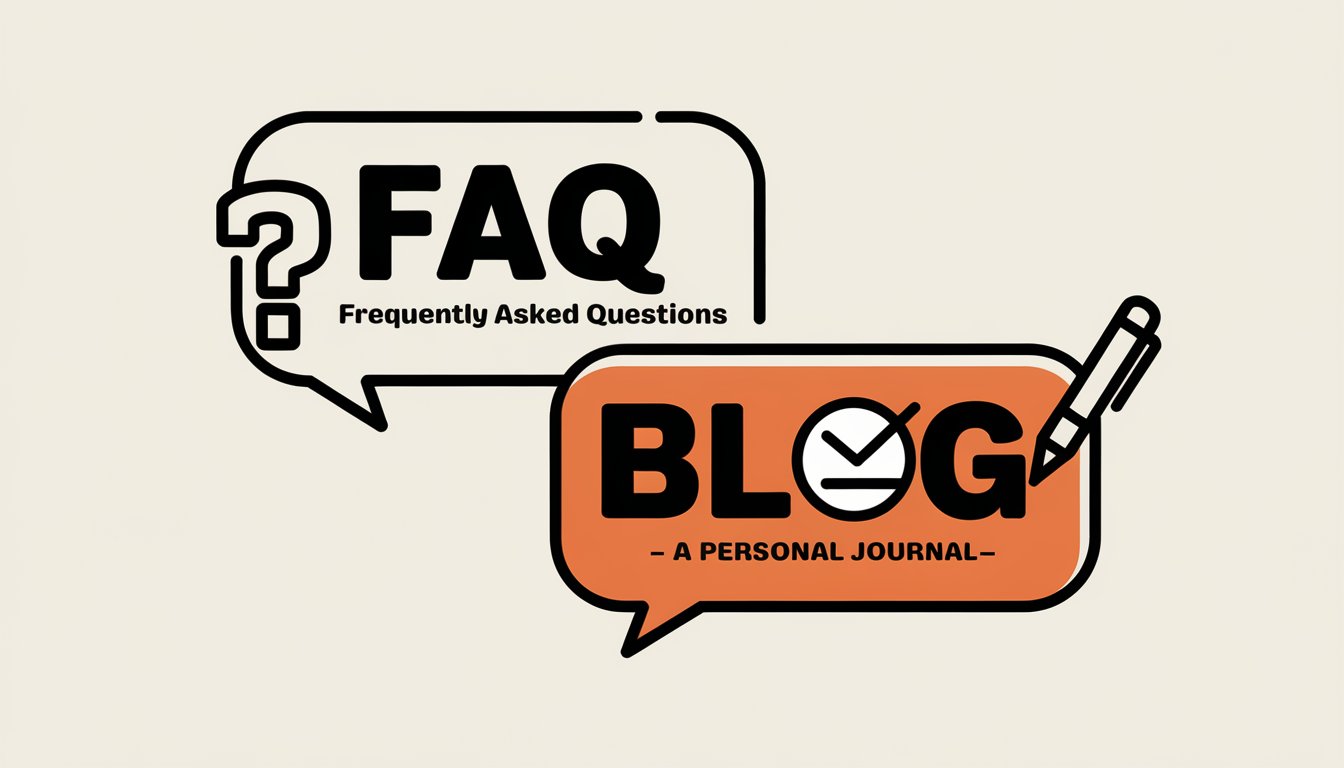Understanding Different Blogging Formats: Personal, Business, and Niche
Blogging has evolved into a vast online landscape, with over 600 million blogs today, each unique, like a tapestry of ideas. Whether personal, business, or niche-focused, every blog has its distinct purpose and audience.
Personal blogs share deep thoughts and life stories, creating personal connections with readers. Business blogs help companies engage with customers, offering valuable insights and guiding purchasing decisions. On the other hand, niche blogs cater to specific interests. They attract focused audiences with content on health, beauty, or technology.
No matter the type, blogs can include text, images, or videos, providing flexibility in how you communicate. Niche blogging, in particular, has seen significant growth, with 72% of successful bloggers crediting their focus on a specific topic for their success. Understanding the right format for your blog helps you connect with your target audience and even monetize your content effectively.
Discover how choosing the right blogging format can boost your engagement and set your blog apart from the crowd.

The Evolution of Blogging: From Personal Diaries to Professional Platforms
Blogging began in the mid-1990s with personal diaries shared online, but it quickly grew into a powerful professional platform. Early pioneers like Justin Hall’s Links.net paved the way for modern-day blogs.
Platforms like Blogger, LiveJournal, and later, WordPress, made it easier for anyone to blog without technical skills. By the early 2000s, blogs had evolved from personal journals to professional tools, with “Mommy bloggers” influencing brands and marketers. The rise of microblogging platforms like Twitter further shifted the landscape by encouraging shorter, more frequent updates.
Today, blogs are personal expressions and business strategies, with specialized templates and structured content tailored for specific audiences. This evolution reflects a shift in how we consume content, from personal storytelling to professional knowledge-sharing.
Choosing the Right Blog Format: Matching Structure With Purpose
A successful blog relies on more than just great writing; it focuses on structure, format, and reader engagement. Different formats like listicles, how-to guides, interviews, and case studies serve different purposes and cater to various reader needs. For example, how-to guides perform well in SEO, while listicles are easy to digest and highly shareable.
Choosing the right format isn’t just about content — it’s also about layout. A well-structured blog post, with visuals and an intuitive flow, keeps readers engaged and improves SEO. Blogs with over 1,000 words get 56% more social shares, and using visuals like infographics can boost engagement by 25.8%.
Each post should include a clear call to action (CTA). This guides readers to the next step, like signing up for a newsletter or exploring more content.

Niche and Business Blogging: Focusing on Your Audience
Niche and business blogging offer targeted content that builds trust and community. Niche blogs focus on specific topics like beauty routines or technology reviews, drawing in a highly engaged audience. These blogs often see higher engagement, with niche-focused content generating 30% more interaction.
On the other hand, business blogs aim to inform and engage customers, often with the goal of driving traffic and generating leads. Different types of business blogs, like thought leadership or service blogs, build authority and trust with customers. They position the brand as an expert in its field.
Both niche and business blogs benefit from SEO strategies and tailored content formats. These approaches align with audience needs, leading to long-term traffic growth and deeper relationships.
The Impact of Storytelling on Personal Blogging
Personal blogs thrive on storytelling. Whether sharing daily life or deep reflections, personal bloggers create a unique bond with readers by offering relatable, authentic experiences. Personal bloggers can build loyal communities around shared interests and experiences through storytelling.
The flexibility of personal blogging allows for a mix of content. This includes in-depth analyses and lighthearted anecdotes, keeping readers engaged and encouraging returns. Bloggers can evoke stronger emotional connections by weaving personal narratives with valuable insights or lessons, turning casual readers into dedicated followers. This dynamic approach lets bloggers adapt their storytelling style to fit audience needs. It makes personal blogs engaging and versatile.

Crafting Engaging Blog Content: The Role of Templates and Layouts
To make your blog posts more effective, the right blog templates and layouts are crucial. A well-structured layout guides the reader’s eye and makes the content more digestible, especially for long-form posts.
For example, case studies and listicles are easy to read and great for SEO, while adding real-life examples or images enhances engagement. Additionally, keeping your blog mobile-friendly is essential, as more readers access content on their phones.
Titles play a major role in grabbing attention. Using keywords, numbers, and questions that align with search intent can improve your blog’s discoverability. Tools like Google Keyword Planner and SEMrush help identify the terms that will attract the right audience.
Maximizing Reader Engagement: SEO, Layout, and Visuals
Reader engagement hinges on several factors — SEO, layout, and visual content. Optimize blogs for search engines by using targeted keywords and creating an easy-to-navigate layout. Adding visual elements like images, videos, or infographics enhances the user experience. It also increases the chances of users sharing content across platforms.
Additionally, providing clear, actionable steps through CTAs ensures readers know what to do next. This could be signing up for more content or engaging with your brand. Data-driven insights also help refine blog strategies, making each post more impactful.

Conclusion: Aligning Blog Formats With Audience Needs
Understanding different blogging formats and aligning them with your audience’s needs is key to blogging success. Whether you’re focusing on a niche, building a business platform, or sharing personal stories, the right format and structure matter. Combining these with effective SEO will help you make a lasting impact. Keep refining your strategy with data and feedback to continue engaging and growing your readership.
Ready to take your blogging journey to the next level? Dive deeper into expert strategies, SEO tips, and more by exploring the wealth of resources at After Social. There’s always more to discover, whether you’re just starting or looking to enhance your blog’s performance. Visit After Social for more in-depth guides and actionable insights to help you grow and thrive in the blogging world!






Post Comment